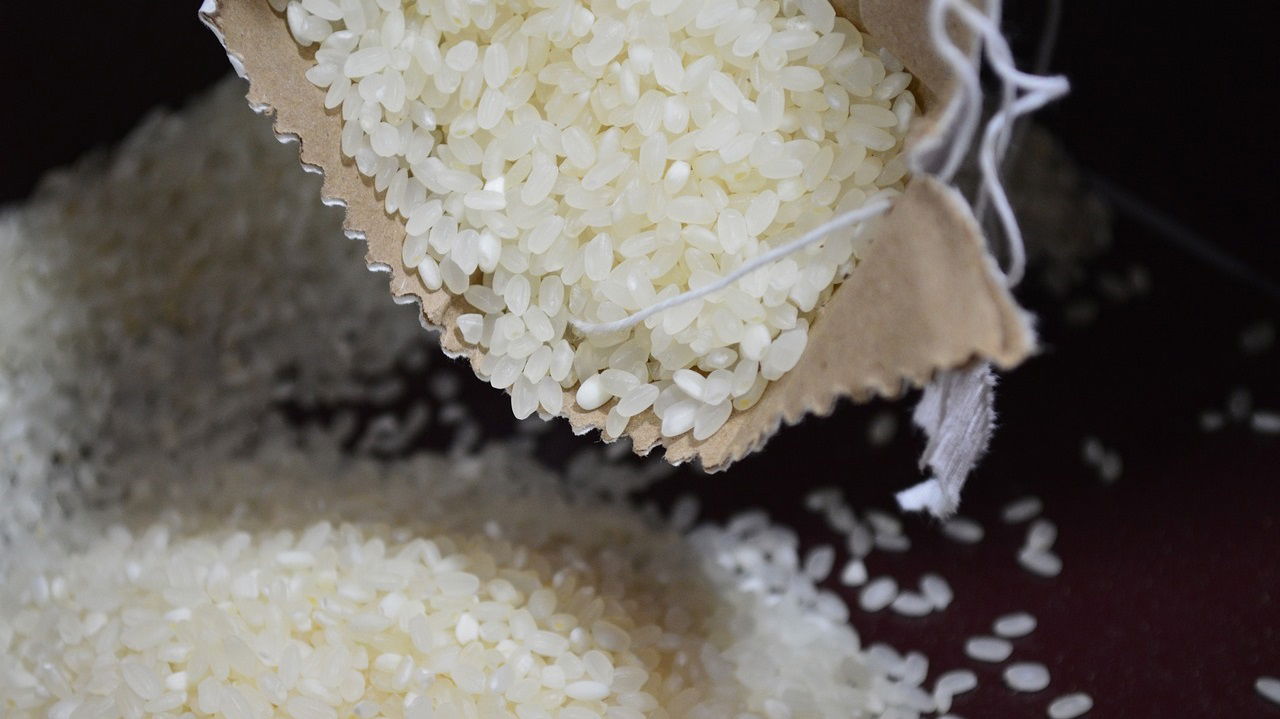
A new study conducted by researchers at the International Rice Research Institute (IRRI) has identified key genetic factors responsible for producing rice with an ultra-low glycemic index (GI) and significantly higher protein content. Utilizing a combination of genetic analysis and artificial intelligence, the team developed rice lines with a GI below 45% and an unprecedented protein level of 15.99%, which is double the typical protein content found in conventional milled rice.
These enhanced rice varieties offer potential health benefits, particularly for controlling blood glucose levels, due to their slower digestion and absorption rates. The findings highlight the combined advantages of low GI and high-protein rice, which could serve as a vital source of protein and essential amino acids like lysine, especially in regions where rice is a dietary staple.
The development of these healthier rice lines involved crossbreeding an inbred variety from Samba Mahsuri with the amylose extender of IR36. The study results indicate that these new rice lines not only match the yields of current high-yielding varieties but also possess superior nutritional qualities. This innovation is particularly significant in the context of the global diabetes epidemic, which affects approximately 537 million adults, a number projected to rise to 783 million by 2045. The majority of diabetes cases occur in low- and middle-income countries, with Asia accounting for 60% of the global diabetic population.
The introduction of high-protein, low-GI rice could greatly improve the diets and health of nearly half a billion people who suffer from protein deficiency, many of whom reside in South Asia and Central Africa. Given that rice is a staple food for a large portion of the global population, the deployment of these high-yielding, nutritious rice cultivars could play a crucial role in addressing the nutritional challenges faced by low- and middle-income communities.
The research was carried out in collaboration with the University of California, Davis, the Max Planck Institute of Molecular Plant Physiology in Germany, and the Center of Plant Systems Biology in Bulgaria.
The IRRI team, along with their partners, now plans to integrate these genes into future breeding programs to create popular rice varieties across Asia and Africa, aiming to meet critical food and nutritional security goals.

















